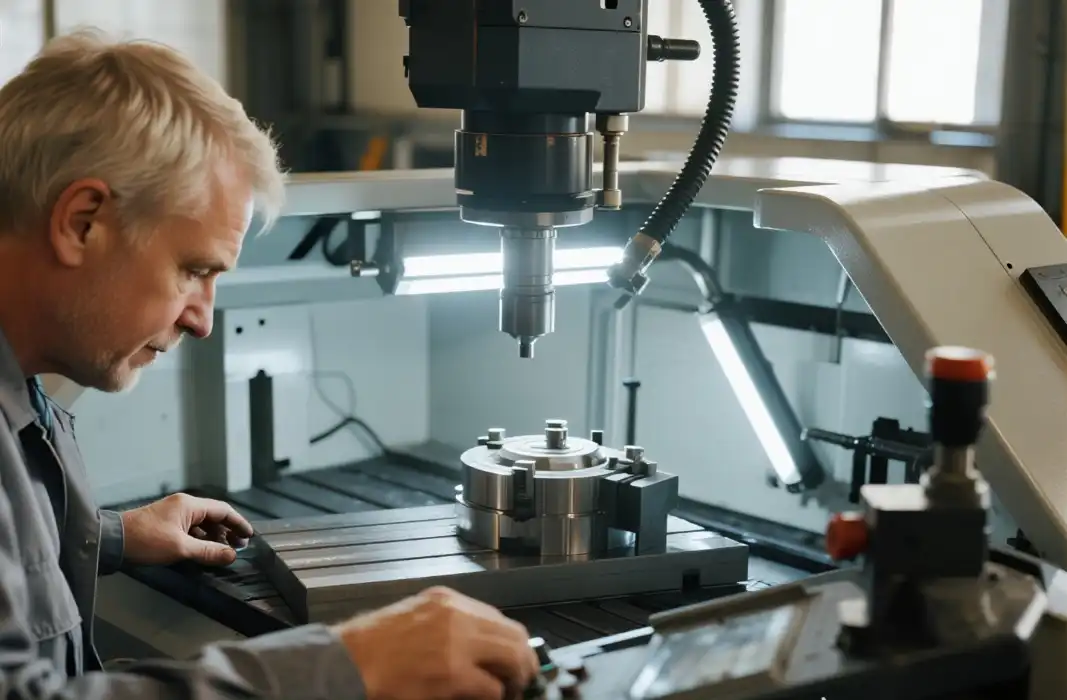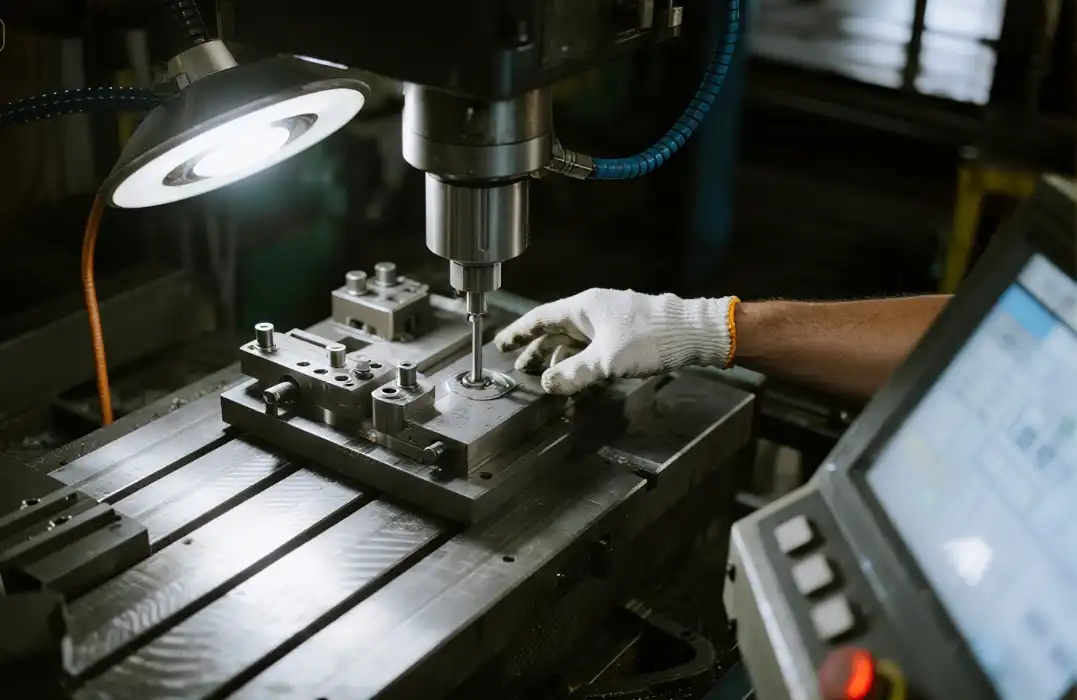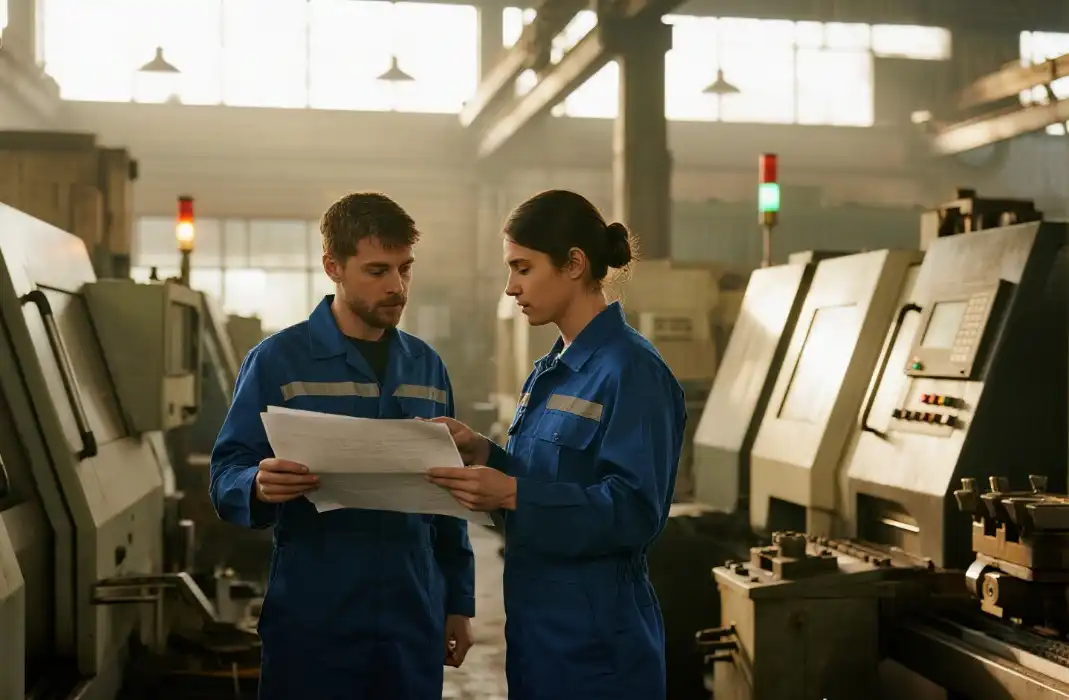What Is the Best Rapid Prototyping Technique for Startups?
For startups, the best rapid prototyping technique often depends on specific project needs, but 3D printing generally stands out as the most versatile and cost-effective option. It offers quick turnaround times, design flexibility, and affordability – crucial factors for startups with limited resources. However, CNC machining excels for high-precision parts, while vacuum casting is ideal for small batch production. The optimal choice balances speed, cost, material properties, and design complexity. Startups should consider their unique requirements and consult with prototyping experts to determine the most suitable technique for their product development journey.
Understanding Rapid Prototyping Technologies for Startups
3D Printing: The Versatile Solution
3D printing, also known as additive manufacturing, has revolutionized the prototyping landscape. This technology builds objects layer by layer, offering unparalleled design freedom. For startups, 3D printing presents several advantages. It allows for quick iterations, enabling rapid design changes without significant cost implications. The process is relatively affordable, especially for complex geometries that would be expensive to produce using traditional methods.
There are various 3D printing technologies available, each with its strengths:
- Stereolithography (SLA): Offers high-resolution parts with smooth surfaces, ideal for visual prototypes and intricate designs.
- Selective Laser Sintering (SLS): Produces strong, functional parts suitable for testing and can work with a wide range of materials.
- Fused Deposition Modeling (FDM): Cost-effective for basic prototypes and concept models.
The choice of 3D printing technology depends on the startup's specific needs, such as material requirements, surface finish, and functional testing needs.
CNC Machining: Precision and Strength
Computer Numerical Control (CNC) machining is a subtractive manufacturing process that excels in producing high-precision parts. For startups developing products that require tight tolerances or specific material properties, CNC machining can be the optimal choice. This technique is particularly useful when working with metals or when the final product will be manufactured using CNC processes.
CNC machining offers several benefits for startups:
- Excellent surface finishes and tight tolerances
- Ability to work with a wide range of materials, including metals and high-performance plastics
- Scalability from prototypes to production parts
However, CNC machining can be more expensive for complex geometries and may have longer lead times compared to 3D printing. It's often the go-to choice for functional prototypes in rapid prototyping that need to withstand rigorous testing or for parts that require specific material properties not achievable with 3D printing.

Vacuum Casting: Bridging Prototype to Production
Vacuum casting is a technique that fills the gap between prototyping and low-volume production. It's particularly useful for startups that need to produce a small batch of parts with properties close to injection-molded components. The process involves creating a silicone mold from a master pattern (often 3D printed) and then casting parts using various resins or urethanes.
Advantages of vacuum casting for startups include:
- Production-quality parts without the high costs of injection molding tooling
- Ability to produce small batches (typically up to 50 parts per mold)
- Wide range of material options, including flexible and rigid plastics
This technique is excellent for startups looking to conduct market testing with near-production quality parts or for those needing functional prototypes that closely mimic the properties of the final product.
Factors to Consider When Choosing a Rapid Prototyping Technique
Project Timeline and Urgency
For startups, time is often of the essence. The speed at which a prototype can be produced is a crucial factor in choosing the right technique. 3D printing generally offers the quickest turnaround times, with some parts ready in a matter of hours. CNC machining and vacuum casting typically require more time, especially for complex parts or when creating molds.
When evaluating timeline considerations:
- Assess the urgency of your project and how it aligns with different production times
- Consider the impact of iterations on your schedule – 3D printing allows for quicker design changes
- Factor in post-processing time, which can vary significantly between techniques
Startups should balance the need for speed with other factors like material properties and part quality to make the best decision for their project.
Budget Constraints and Cost-Effectiveness
Budget is often a primary concern for startups. The cost-effectiveness of each rapid prototyping technique can vary based on factors such as part complexity, material choice, and quantity needed. 3D printing is generally the most cost-effective for small quantities and complex geometries. CNC machining can be more economical for simpler parts or when specific materials are required.
To optimize your prototyping budget:
- Compare quotes for different techniques, considering both upfront and per-unit costs
- Evaluate the cost of potential design iterations and how they might impact your budget
- Consider the long-term value – a more expensive prototype might save money in the development process
Vacuum casting can offer a middle ground, providing production-quality parts at a lower cost than tooling for injection molding, making it an attractive option for startups looking to bridge the gap between prototyping and small-scale production.

Material Requirements and Performance Needs
The choice of material is critical in determining the most suitable rapid prototyping technique. Each method has its own set of compatible materials, each with unique properties. Startups must consider the specific requirements of their product, such as strength, flexibility, heat resistance, or biocompatibility.
Key material considerations include:
- 3D printing offers a wide range of plastics and resins, with some machines capable of printing with metal powders
- CNC machining excels with metals and high-performance plastics, offering excellent material properties
- Vacuum casting can use a variety of resins that mimic the properties of production materials
It's essential to align the material capabilities of each technique with the performance needs of your prototype. This might involve trade-offs between ideal material properties and other factors like cost or production time.
Maximizing the Benefits of Rapid Prototyping for Startup Success
Accelerating Product Development Cycles
Rapid prototyping is a game-changer for startups looking to accelerate their product development cycles. By quickly producing physical models, startups can validate designs, test functionality, and gather user feedback much faster than traditional methods allow. This speed enables multiple design iterations in a short timeframe, leading to more refined and market-ready products.
To maximize the acceleration of development:
- Implement a lean prototyping approach, focusing on essential features first
- Use rapid prototyping to test individual components before full assembly
- Leverage prototypes for early user testing and feedback collection
By embracing rapid prototyping, startups can significantly reduce the time from concept to market-ready product, gaining a competitive edge in fast-moving industries.
Minimizing Risk and Optimizing Investment
For startups, every investment carries risk. Rapid prototyping helps minimize these risks by allowing thorough testing and validation before committing to large-scale production. By identifying and addressing design flaws early, startups can avoid costly mistakes and optimize their product development investment.
Strategies for risk minimization include:
- Creating multiple prototype variations to explore different design options
- Using functional prototypes for real-world testing and performance evaluation
- Leveraging prototypes to secure investor funding or pre-orders, validating market interest
By making informed decisions based on tangible prototypes, startups can allocate their resources more effectively and increase their chances of success in the market.

Enhancing Communication and Collaboration
Physical prototypes serve as powerful communication tools, both within the startup team and with external stakeholders. They provide a tangible representation of ideas, facilitating clearer understanding and more productive discussions. This enhanced communication can lead to better collaboration and more innovative solutions.
To leverage prototypes for better communication:
- Use prototypes in team meetings to discuss design improvements and challenges
- Present prototypes to potential investors or partners to convey product vision
- Gather feedback from target users using physical prototypes for more accurate insights
Effective use of prototypes in communication can help align team efforts, secure support, and ensure the final product meets user needs and market demands.
Conclusion
Choosing the best rapid prototyping technique for startups involves carefully weighing factors such as project requirements, timelines, budget constraints, and material needs. While 3D printing often emerges as a versatile and cost-effective solution, CNC machining and vacuum casting offer unique advantages for specific scenarios. By understanding the strengths of each technique and aligning them with project goals, startups can accelerate their product development, minimize risks, and optimize their investments. Ultimately, the key to success lies in selecting the right combination of techniques that best serve the startup's innovative journey from concept to market-ready product.
FAQs
How long does rapid prototyping typically take?
Rapid prototyping timelines can vary from a few hours to several days, depending on the technique and complexity of the part. 3D printing can produce simple parts in hours, while CNC machining or vacuum casting might take a few days.
Can rapid prototyping be used for final production parts?
While primarily used for prototyping, some techniques like CNC machining and certain 3D printing methods can produce final production parts, especially for low-volume runs.
What materials can be used in rapid prototyping?
Rapid prototyping can utilize a wide range of materials, including various plastics, metals, and custom resins. The specific materials available depend on the chosen technique.
Expert Rapid Prototyping Services for Startups | BOEN
At BOEN Prototype, we specialize in delivering high-quality rapid prototyping solutions tailored for startups. Our expert team leverages cutting-edge technologies in CNC machining, 3D printing, and vacuum casting to bring your innovative ideas to life. We understand the unique challenges startups face and offer fast turnaround times, competitive pricing, and a wide range of material options. Let us help accelerate your product development journey with our precision prototyping services. Contact us at contact@boenrapid.com to discuss your project needs and discover how our rapid prototyping expertise can propel your startup to success.
References
1. Johnson, A. (2022). Rapid Prototyping Techniques for Startups: A Comprehensive Guide. Journal of Product Innovation Management, 39(4), 512-528.
2. Smith, B., & Brown, C. (2021). Comparative Analysis of 3D Printing, CNC Machining, and Vacuum Casting for Startup Product Development. Additive Manufacturing, 42, 101982.
3. Lee, S., et al. (2023). Cost-Benefit Analysis of Rapid Prototyping Methods for Early-Stage Startups. Technovation, 120, 102439.
4. Garcia, R., & Calantone, R. (2022). The Impact of Rapid Prototyping on Time-to-Market for Tech Startups. IEEE Transactions on Engineering Management, 69(3), 789-801.
5. Wilson, D. (2021). Material Selection in Rapid Prototyping: Implications for Startup Product Performance. Materials & Design, 204, 109685.
6. Thompson, M., et al. (2023). Accelerating Innovation: The Role of Rapid Prototyping in Startup Success. Entrepreneurship Theory and Practice, 47(2), 301-322.

How Can We Help?

Your Trusted Partner in Rapid Manufacturing.



